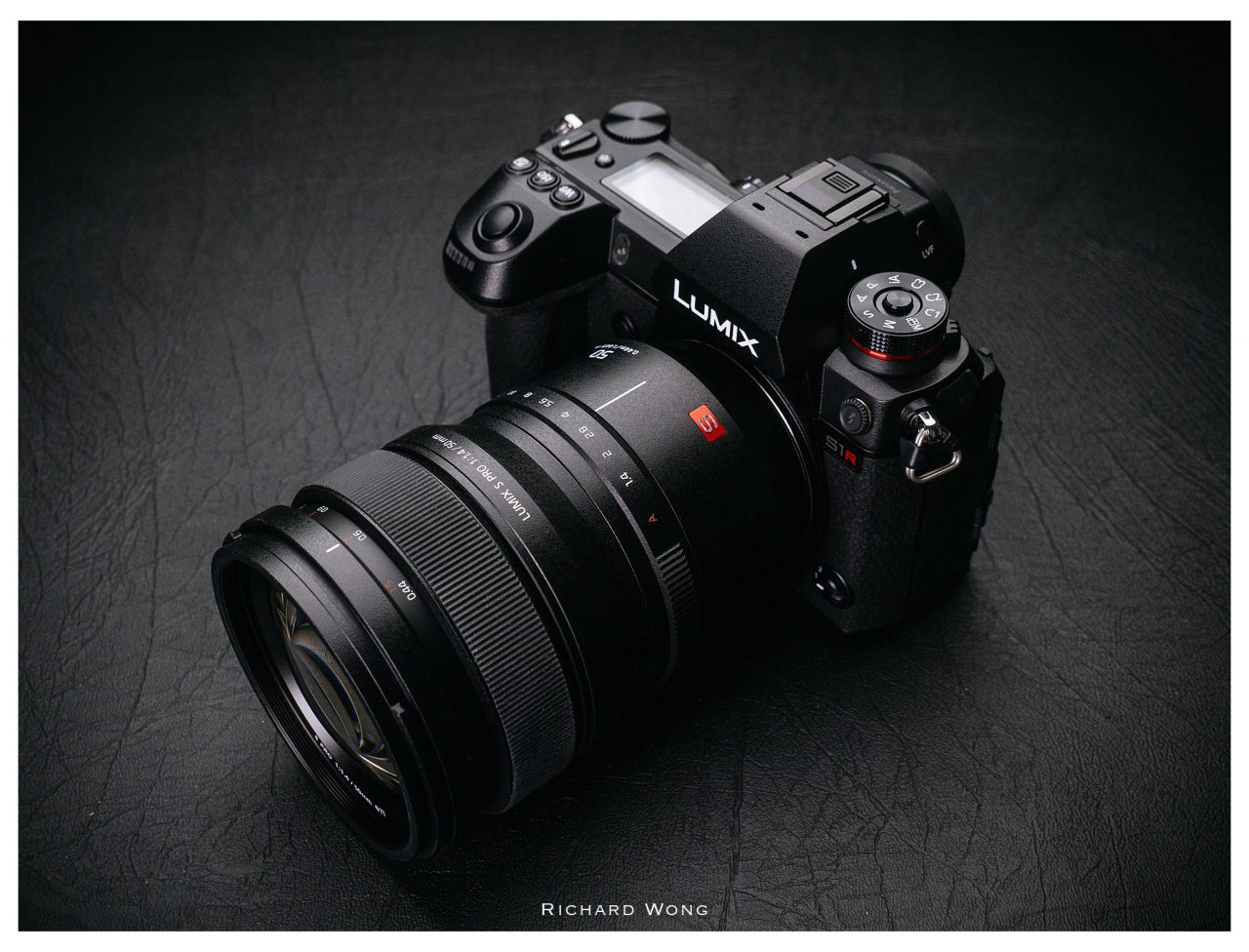
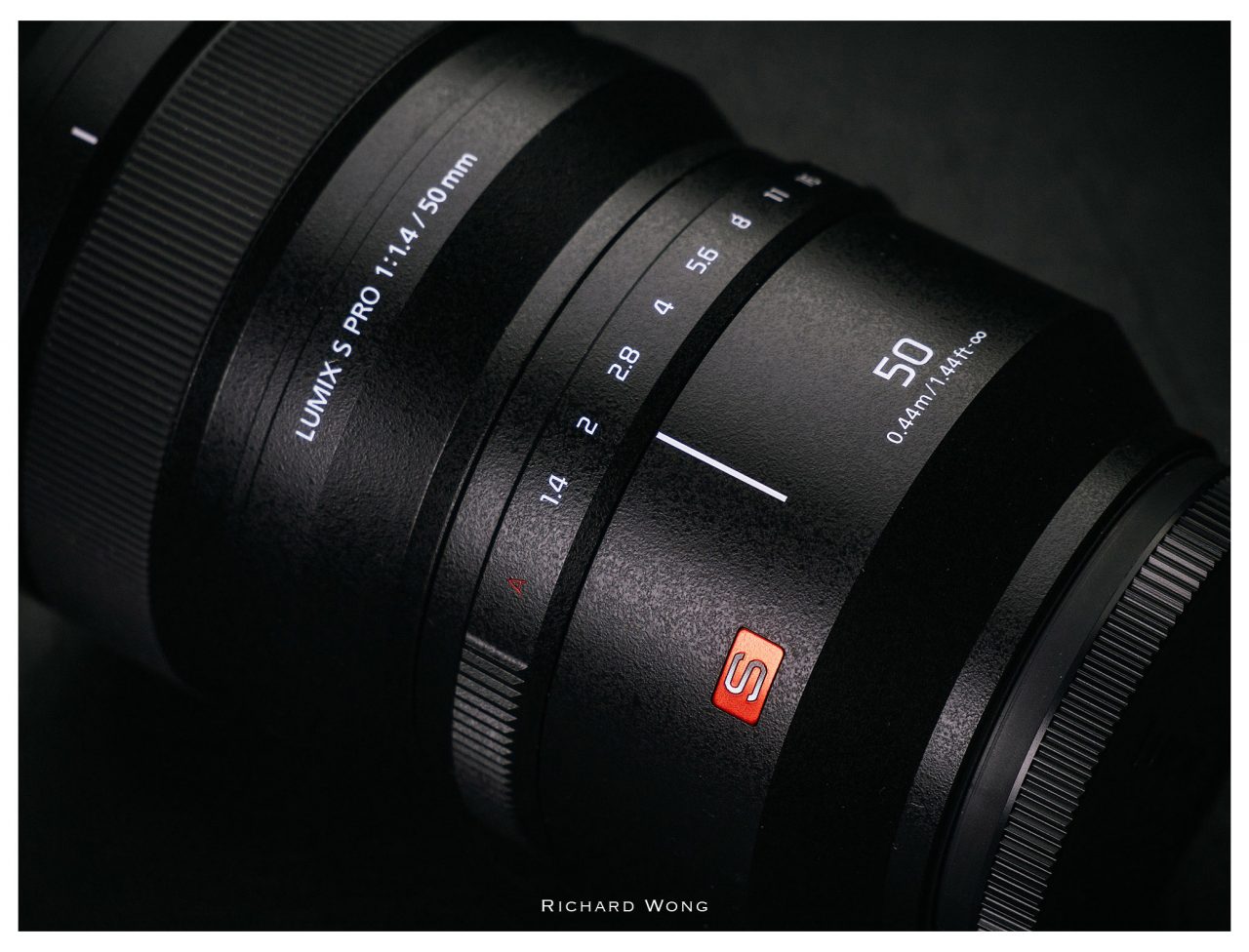
Specifications
| Lens mount | L-Mount |
| Max aperture | f/1.4 |
| Min aperture | f/16 |
| Image stabilsation | No |
| Min focus | 0.44 m (17.32″) |
| Max magnification | 0.15× |
| Weight | 955 g (2.11 lb) |
| Dimensions | 90 x 130 mm |
| Diaphragm Blades | 11, rounded |
Build Quality, Lens Design
The Panasonic Lumix S Pro 50mm f/1.4 is a big and heavy lens. There is no doubt about it. At just under 1kg it weights, it is as heavy as some of the 24-70 f/2.8 lenses. But hold it on your hands and you can feel how solid and well made the lens is immediately. The metal body feels exceptionally well made and despite the large size, feel very balanced on the S1/R as well.
The lens has a mechanical aperture ring, which you can leave in “A” position if you want to adjust the aperture from the camera body. Or you can set it to your preferred aperture value. The tactile feedback when you are changing the aperture value is very satisfying. I personally think it’s a crime if you have bought this lens and just leave the aperture ring in “A” position.
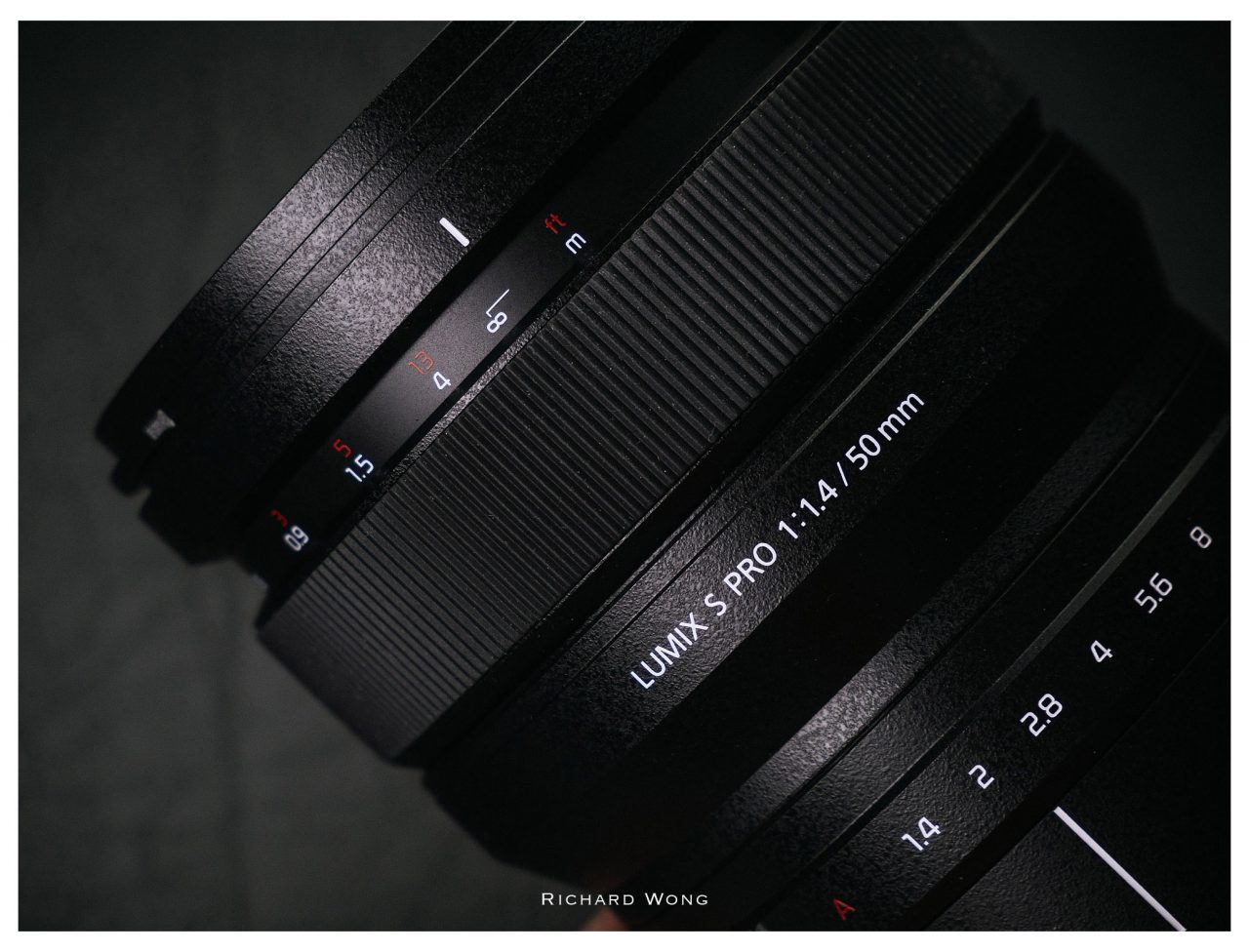
At the very front of the lens, there is a pretty large focus ring. If you push the ring forward, it engages the manual focus clutch and reveal the focus scale under it. The lens would now behave exactly like a manual focus lens. While the focus ring may not be as buttery smooth as some real manual focus ring, it’s really as good as it can be for an autofocus ring.
You can also leave the focus ring in normal position and manual focus by switching the focus mode to manual focus from the camera. If you do it this way, you can either set the focus mode to non-linear or linear according to your usage and preference.
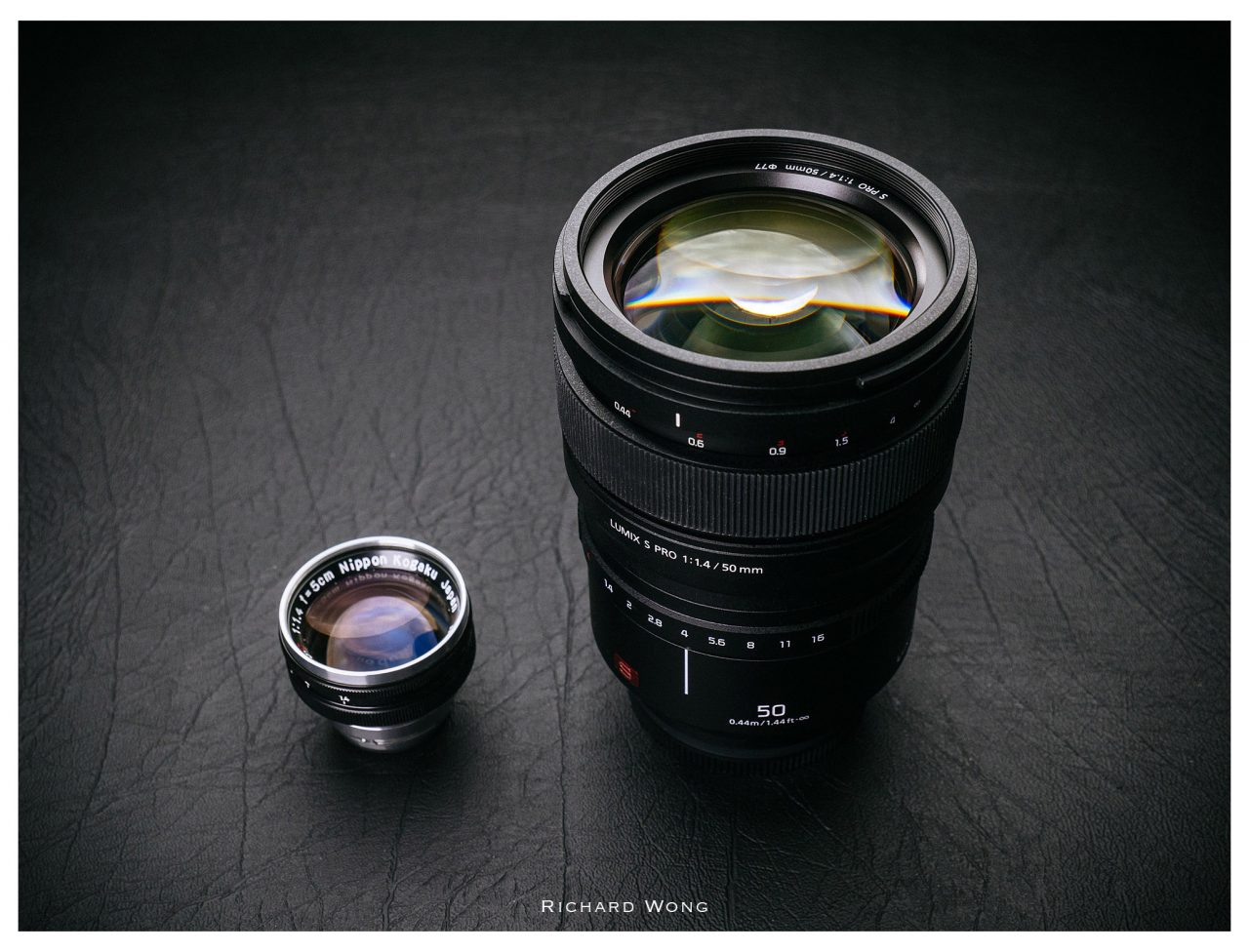
While the lens has no Leica markings on the body, all the S Pro series lenses including this 50 f/1.4 are certified by Leica. You can see a small “Leica” certified logo on the box.
The lens has a 77mm front filter thread, which is exactly the same as the two other Lumix lenses released with the S1/S1R. I’m pretty sure this is not a coincidence and Panasonic just want to allow their users to share filters between the lenses easily.
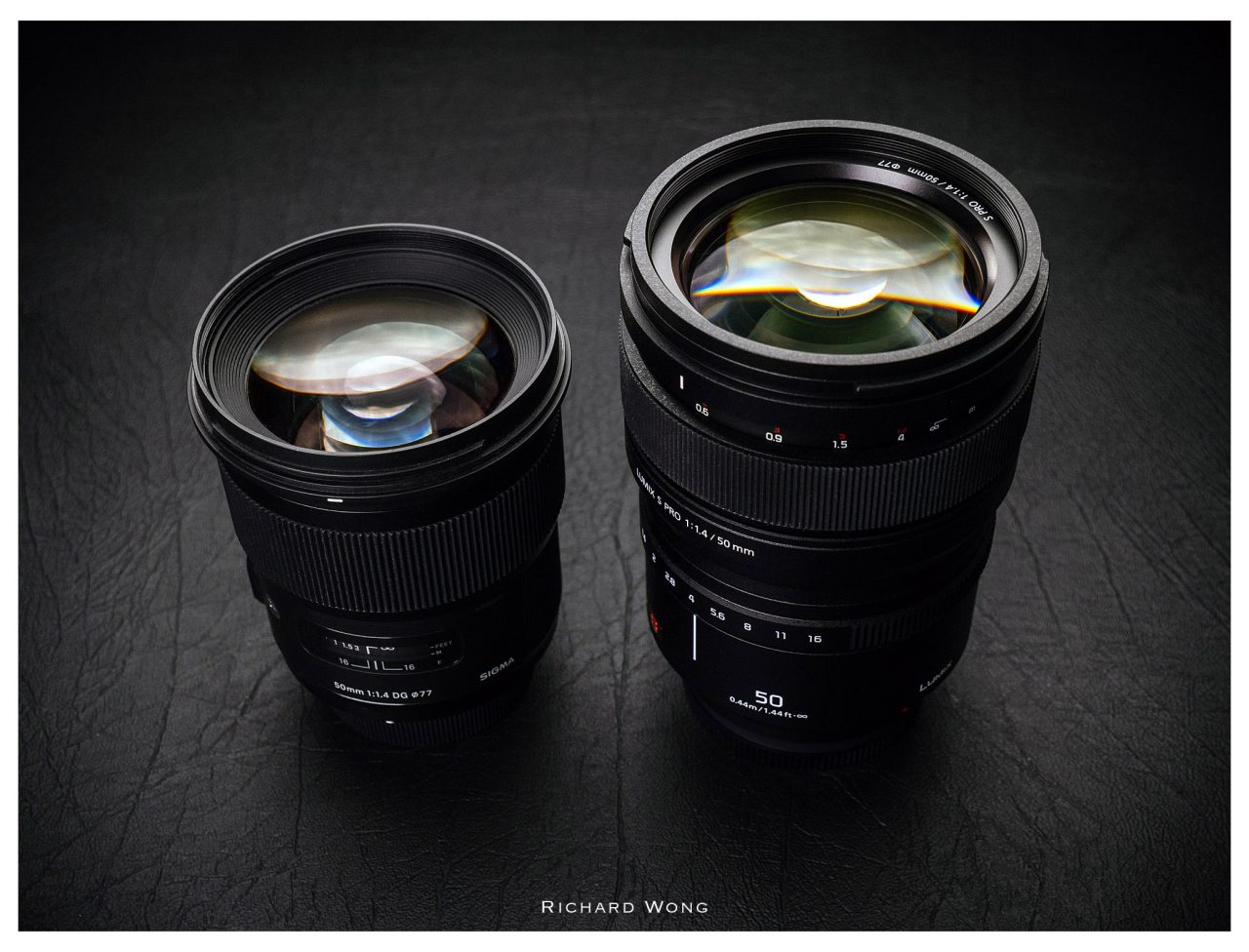
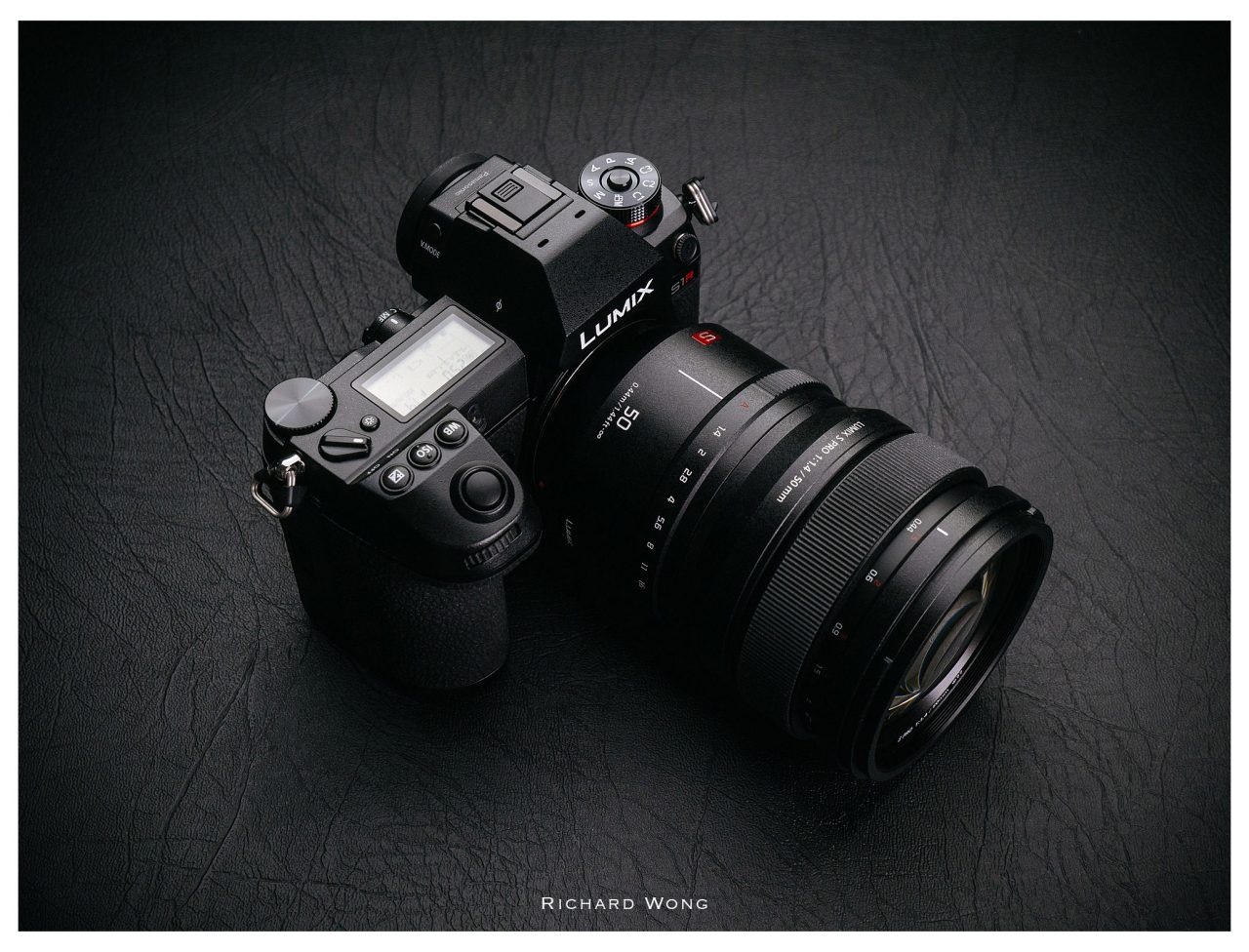
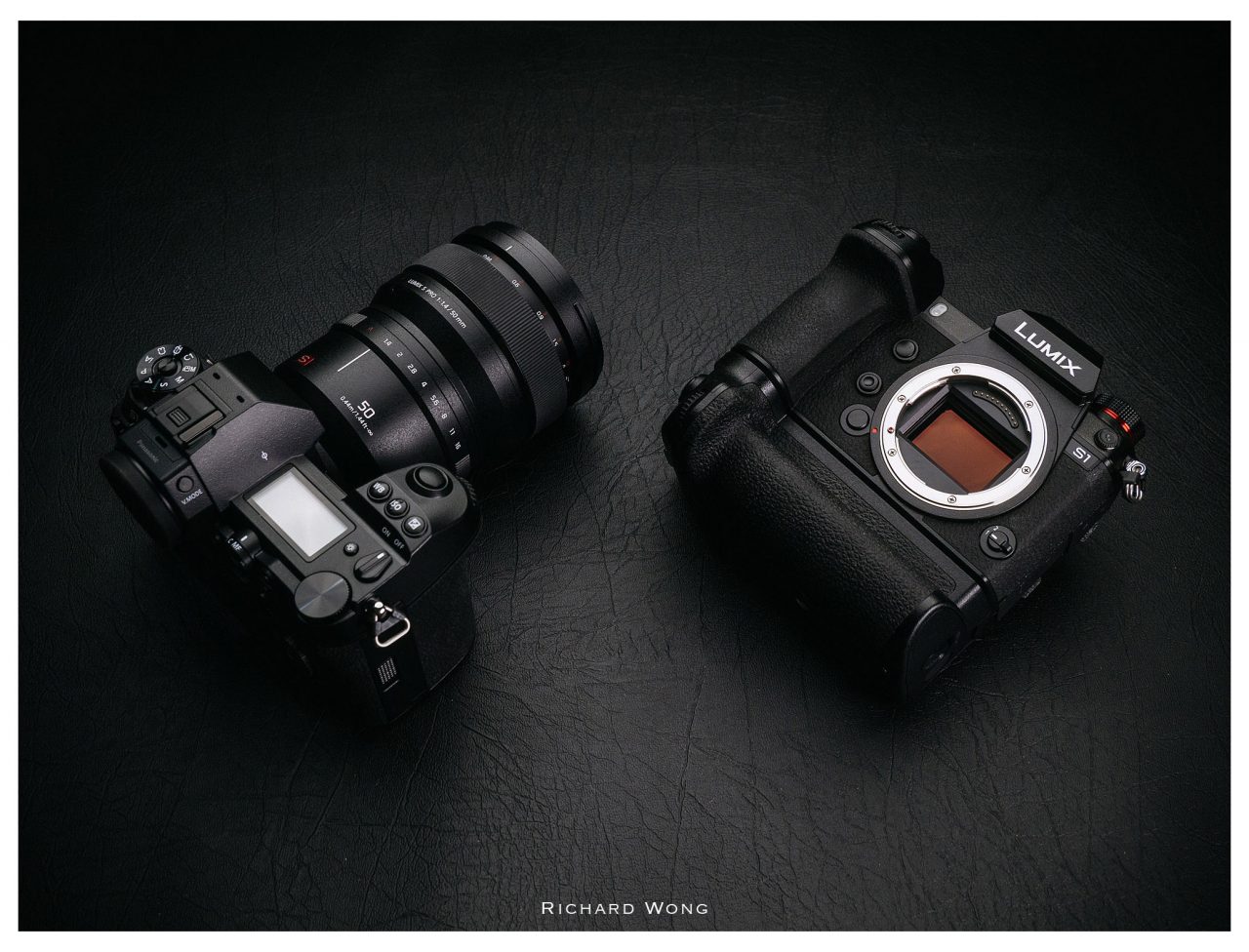
Autofocus
The Lumix S Pro 50mm f/1.4 has the 480fps autofocus system which is ridiculously fast when shooting on bright sunny day. Even under low light condition, the autofocus still works very well and maintain reasonably fast autofocus speed. Have a look at the video below to see the autofocus speed yourself
The autofocus operation is also virtually silent. Even when I was shooting in a very quiet room, I can barely hear any autofocus noise.
There also isn’t much focus breathing as well, which is great for videographers.
Image Sharpness
Image sharpness is the first thing I want to talk about because the Panasonic Lumix S Pro 50mm f/1.4 is a really sharp lens!
At the center, even at maximum aperture, it is already very sharp even when I tested it on the very demanding 47MP S1R. Look at the 100% crops photo below, you can see at f/1.4 the sharpness is already really good. Stop down to f/2 would improve the sharpness a bit but anything from f/2.8 onwards is virtually the same (until diffraction kicks in and soften up the photo)
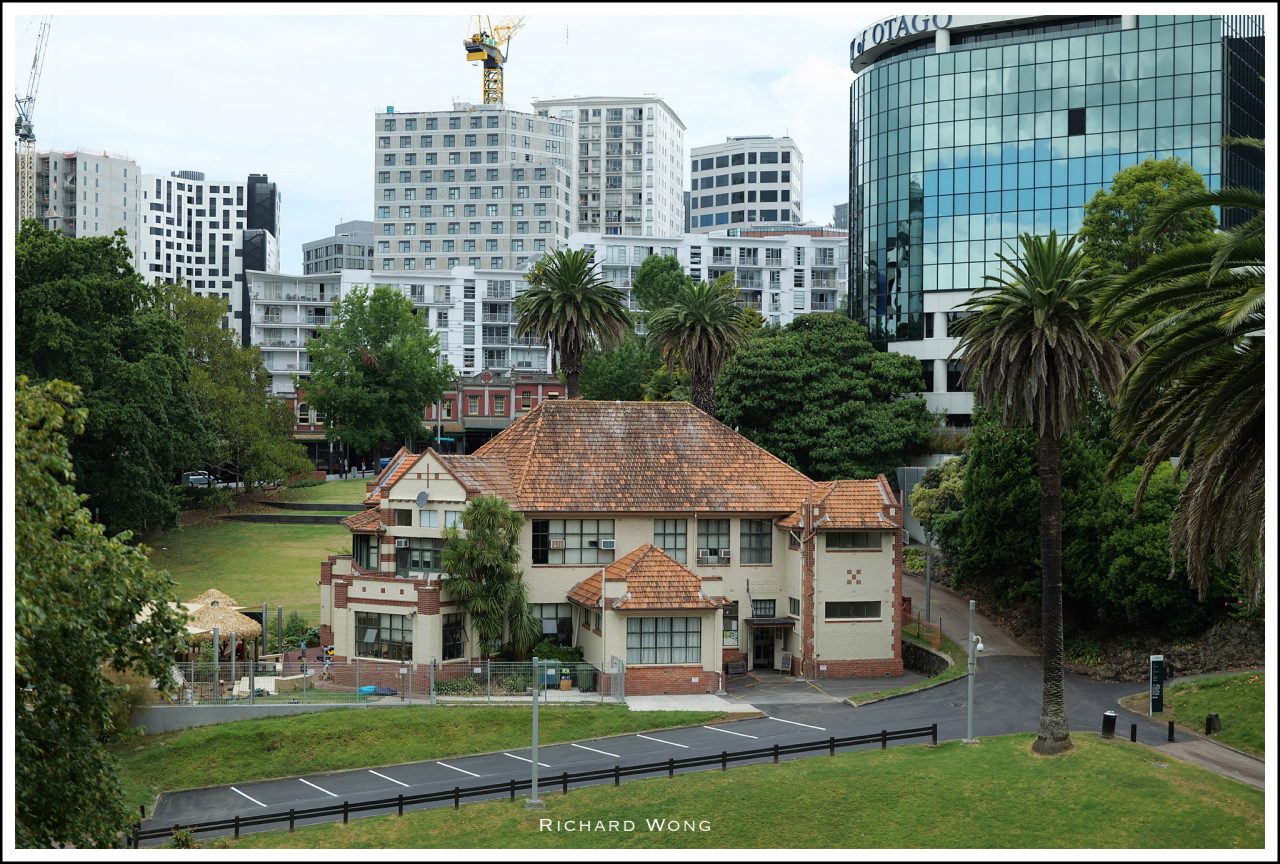
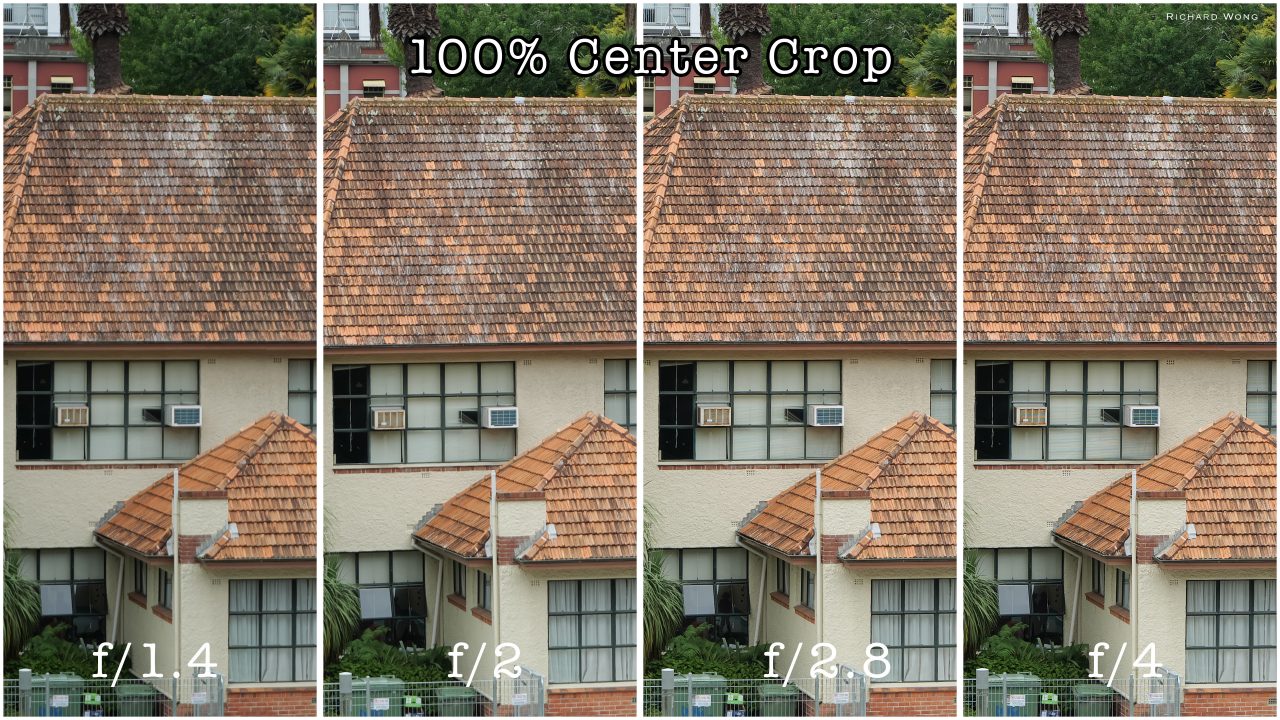
If we look at the corners, at f/1.4 it is quite sharp. But you could improve the sharpness a bit if you stop down to f/2.8. For corners, f/4 – f/5.6 would be the sharpest aperture setting.
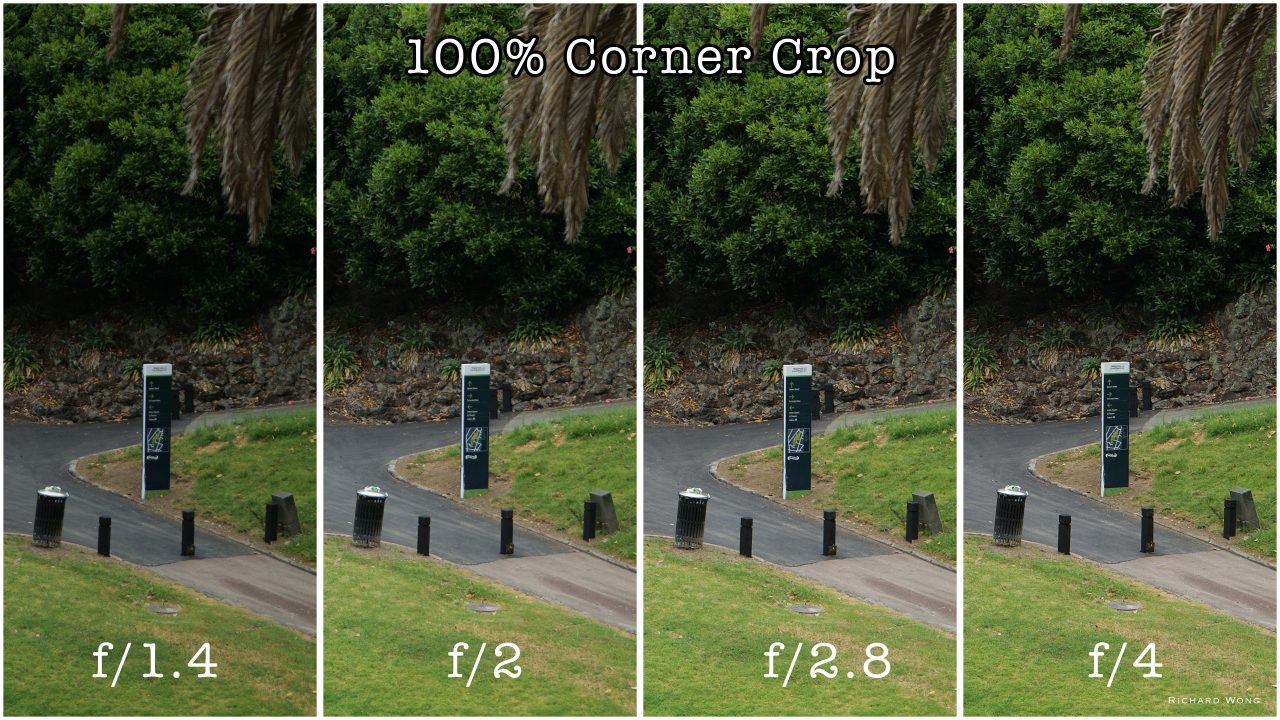
Bokeh
The Panasonic Lumix 50mm f/1.4 impress me with it’s beautiful bokeh just as much as it’s edge to edge sharpness. Out of focus background is rendered beautifully by the lens. Bokeh is very round, very smooth and with minimal amount of highlight near the edges. There is also no onion ring and the transition from foreground to background is beautiful as well.
It would be really hard for anyone to complain about this lens bokeh as it’s nearly as perfect as it could be. The following are two almost identical photos shot at the same location and same camera settings. One with the Lumix S Pro 50 1.4 and one with Sigma 50mm f/1.4 ART lens.
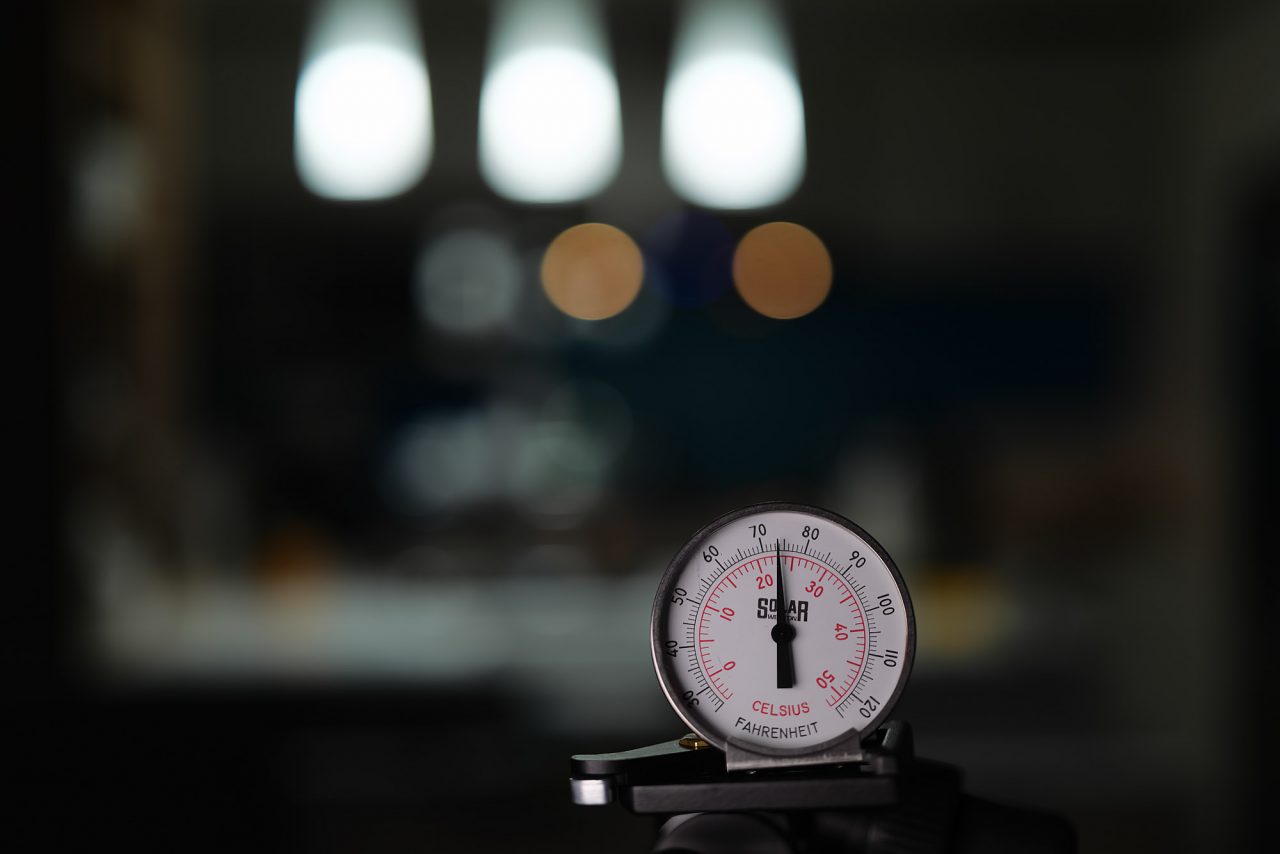
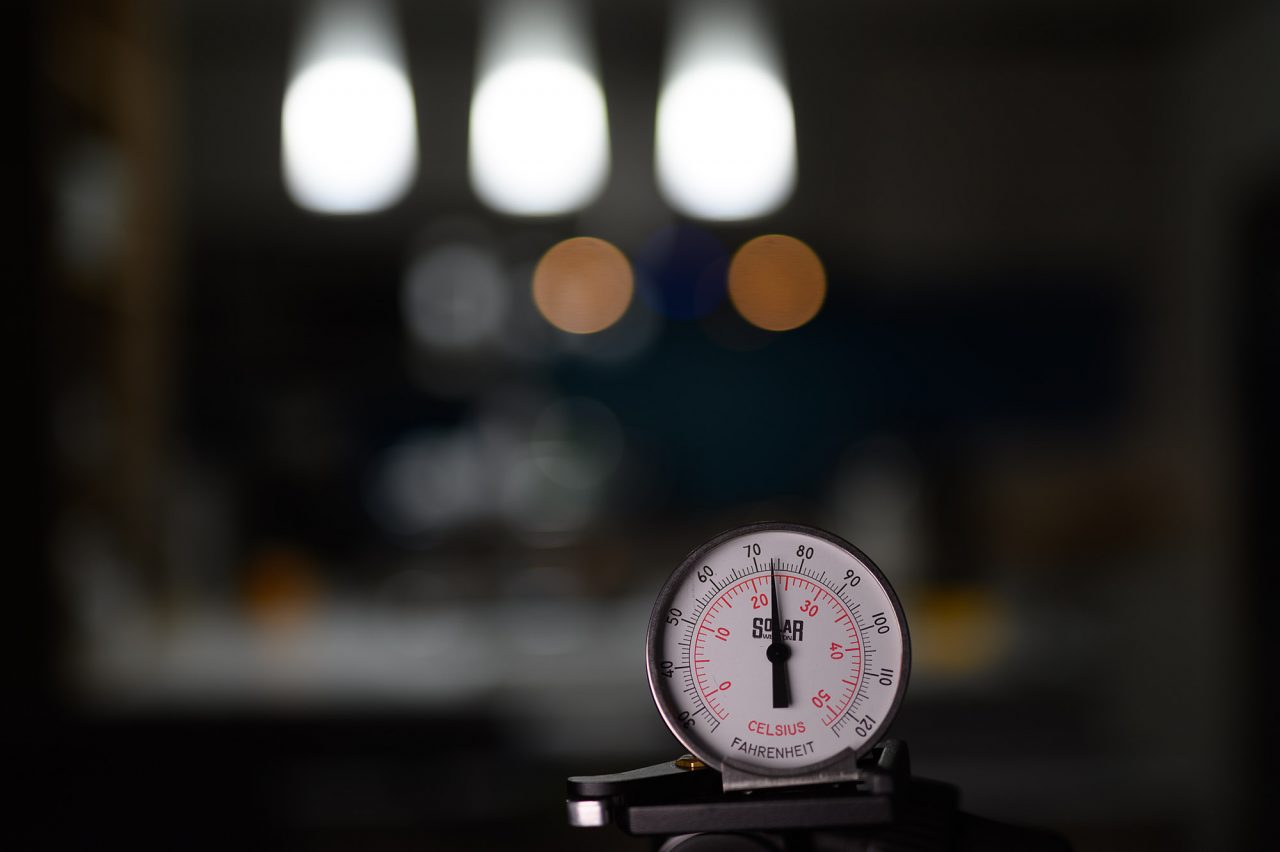
While the Sigma renders the out of focus background area quite nice as well, compare it side by side with the Lumix and you can see how much smoother and nicer the Lumix’s bokeh is. If you look at the foreground in focus area, you can also see the Lumix is not only sharper, but also with a lot less chromatic abbreviation as well.
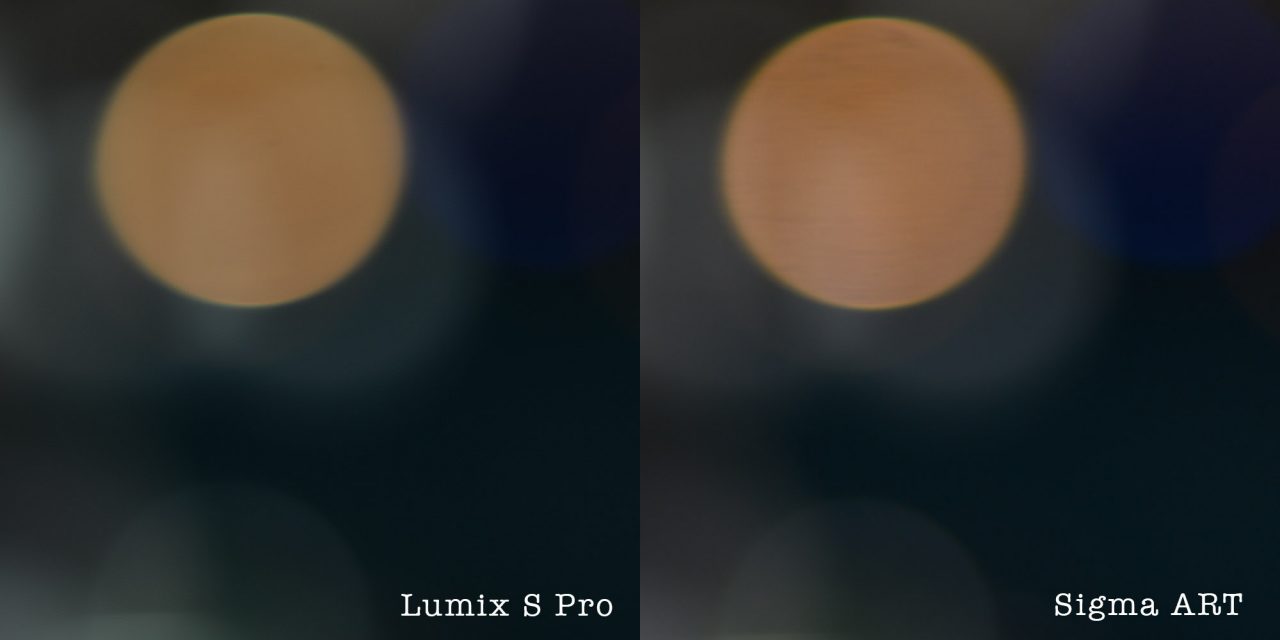
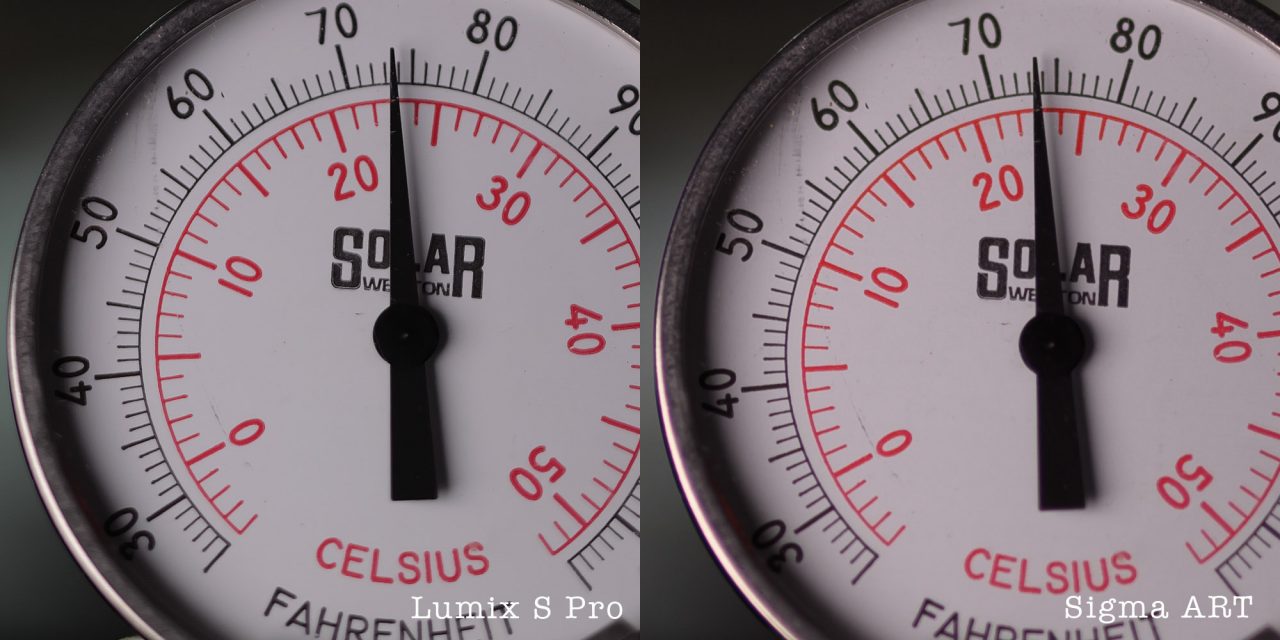
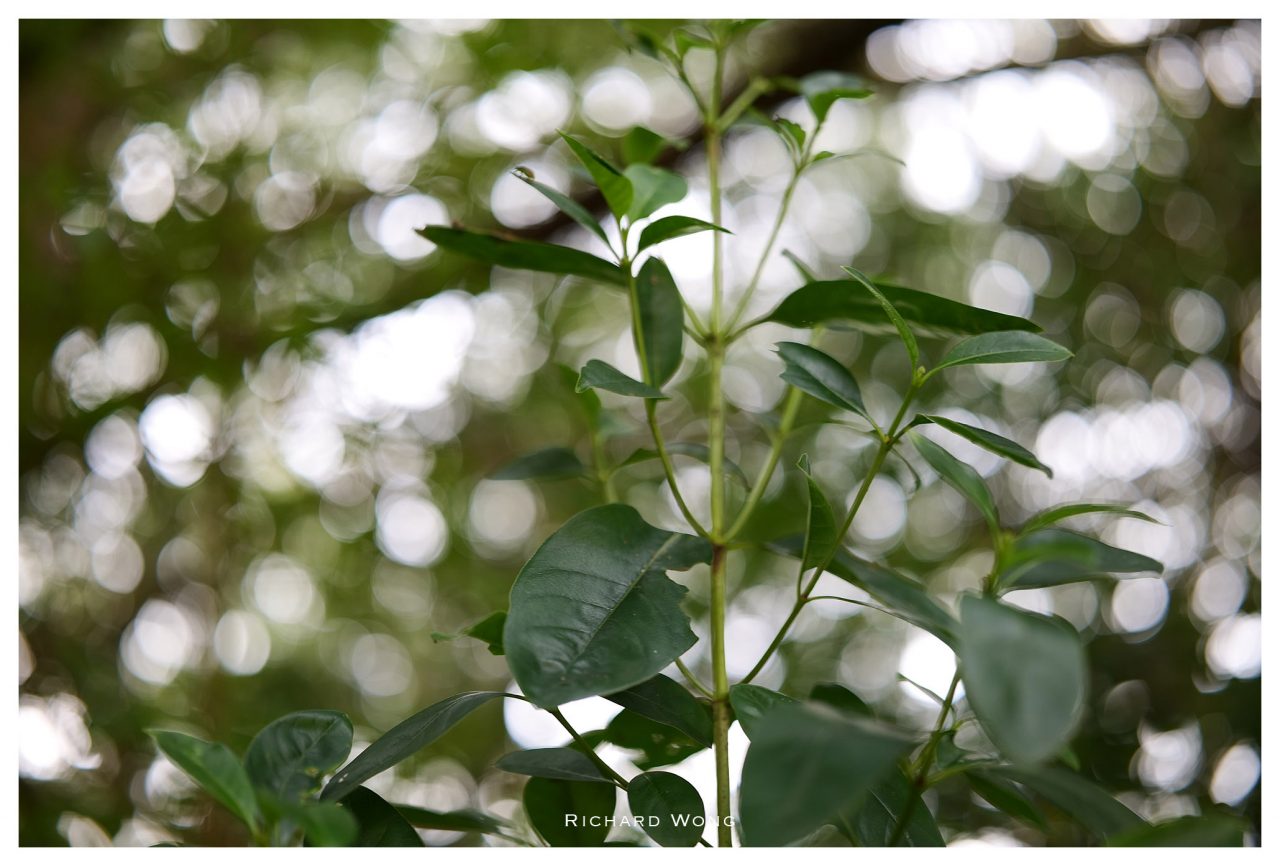
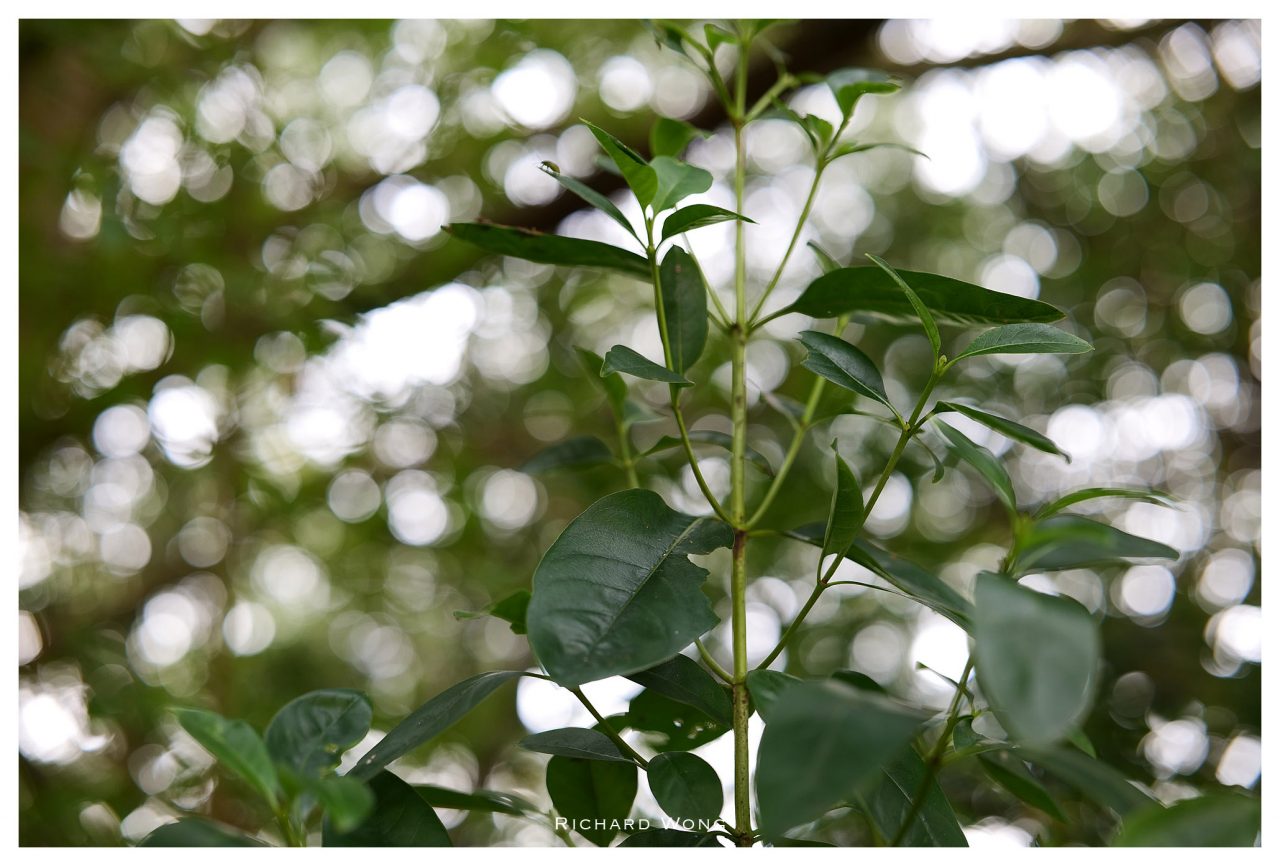
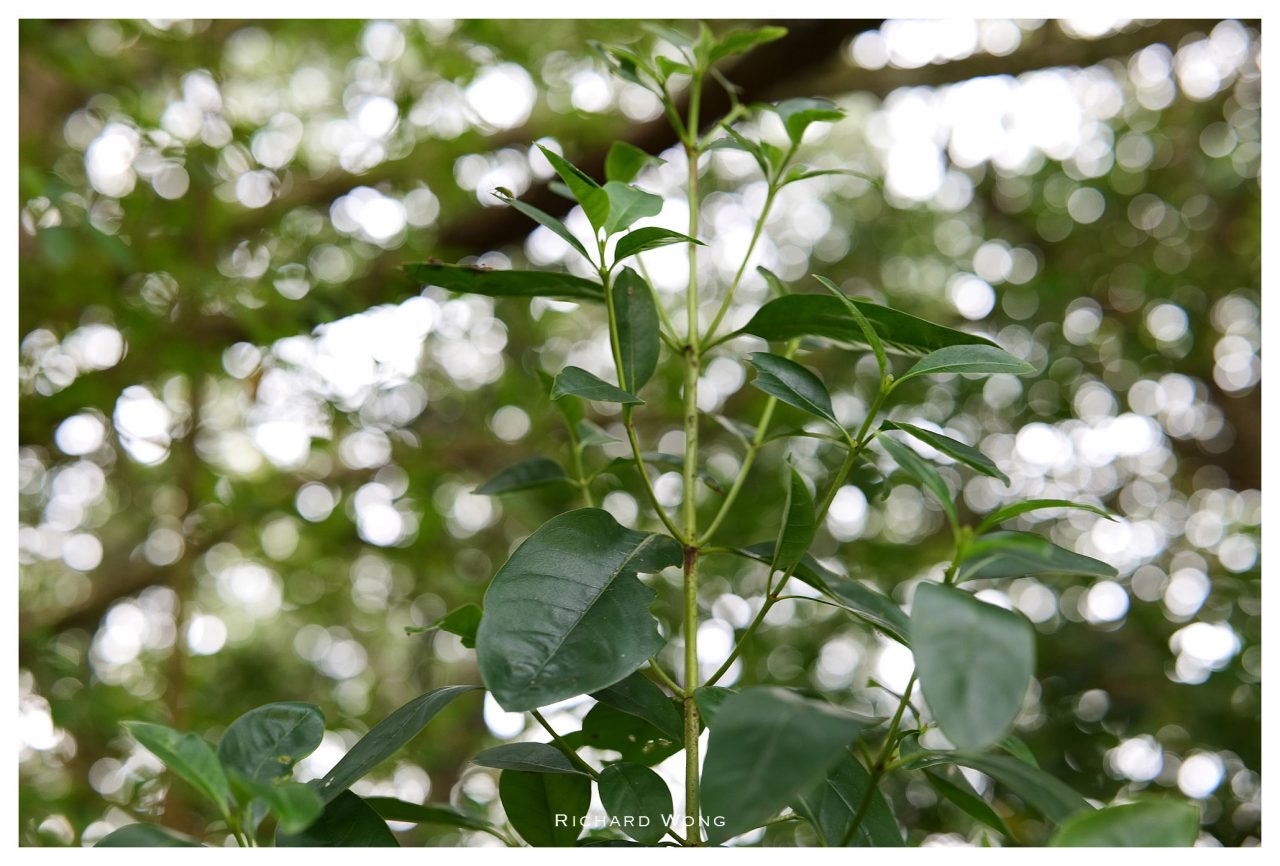
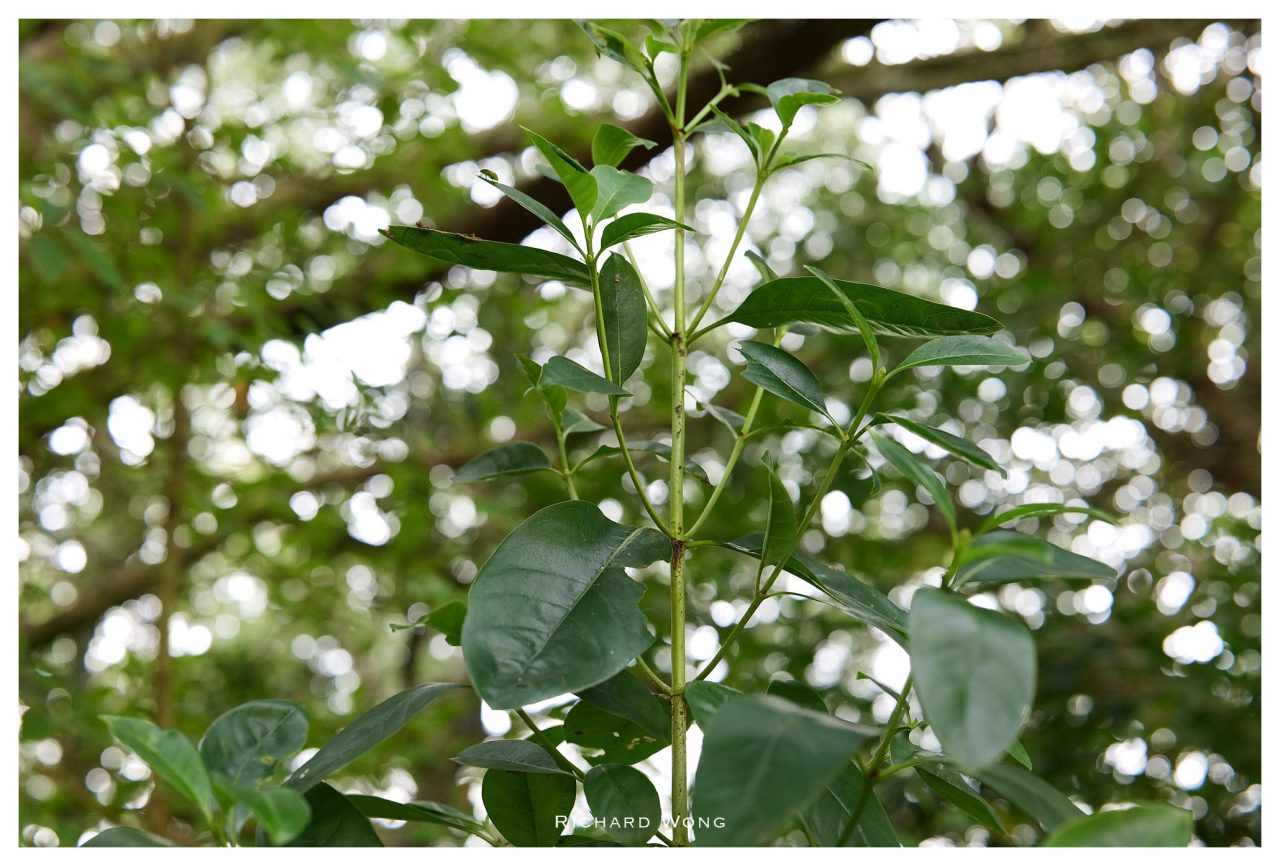
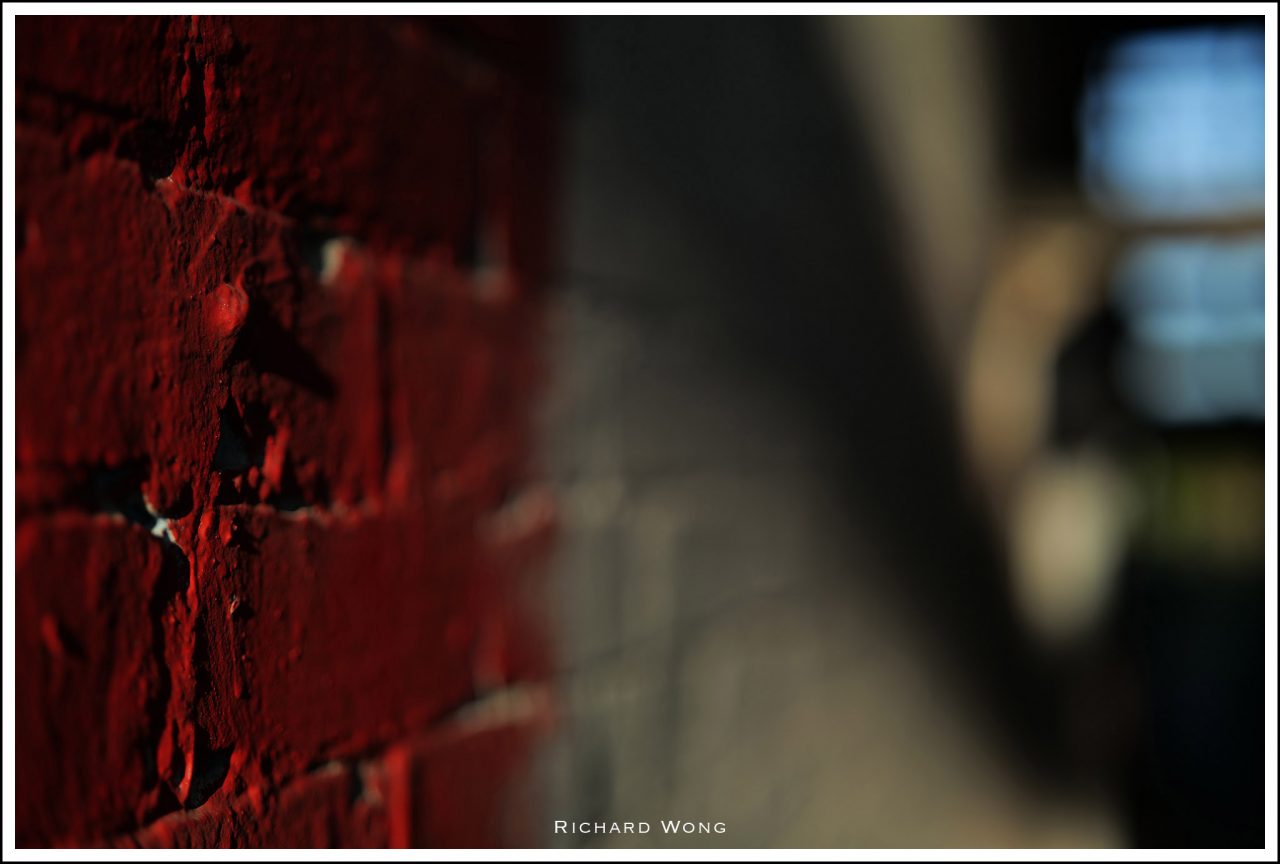
Lens Flare
With a really complicated 13 Elements in 11 Groups optics design, the lens flare could be a lot worse when compare to other 50mm lens with less lens elements. Fortunately it’s not really the case with the Lumix S Pro 50mm f/1.4 lens. While it’s still possible to see lens flare when shooting into bright objects, overall lens flare control remain quite well and also the contrast never drops too much even when directly shooting into the sun. The image below probably show the worst lens flare you could see when shooting with this lens.
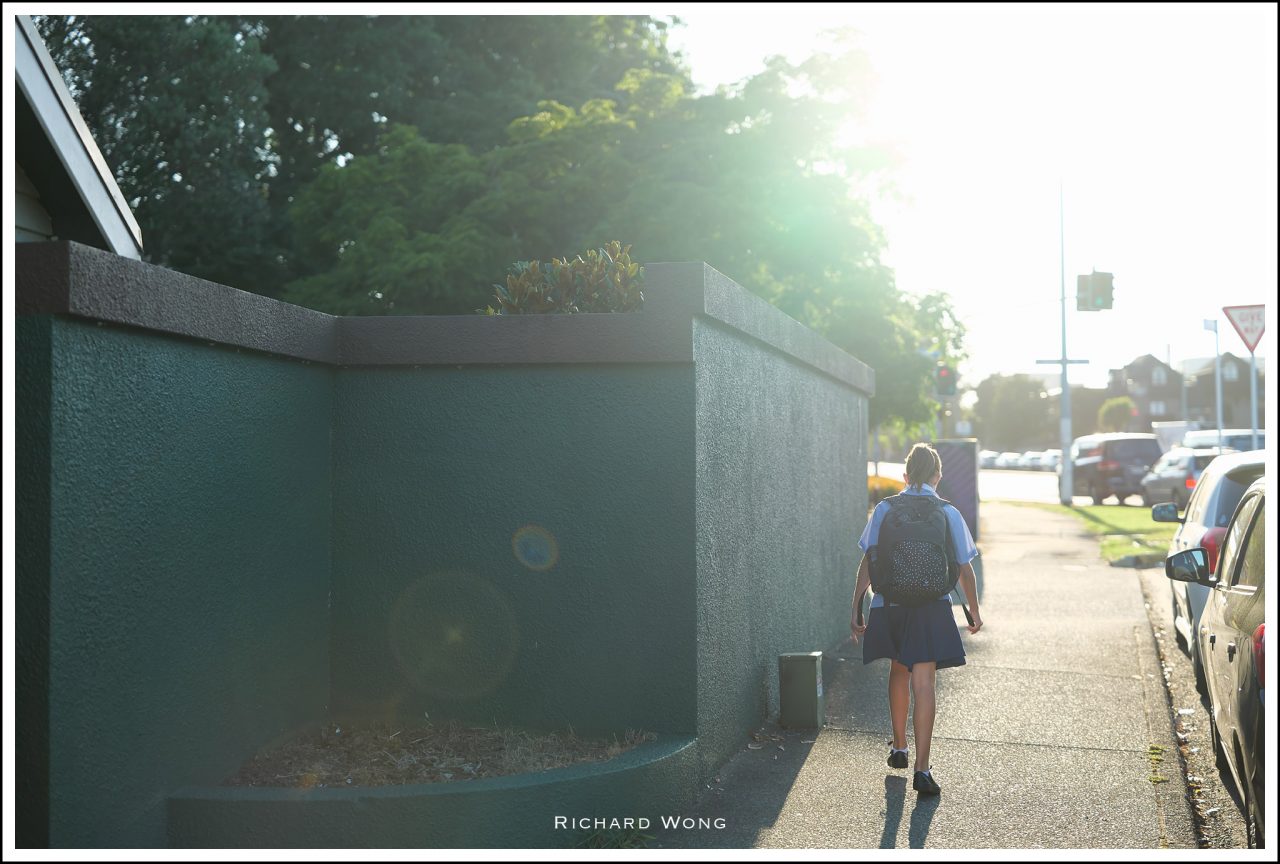
Chromatic Abbreviation
As you may have already see in the bokeh comparison shot, the Lumix S Pro 50mm f/1.4 has very good chromatic abbreviation control. Even when shot on the 47MP S1R, zoom in at 100% and you will see there is not too much colour fringing even when shooting some high contrast backlit scenes.
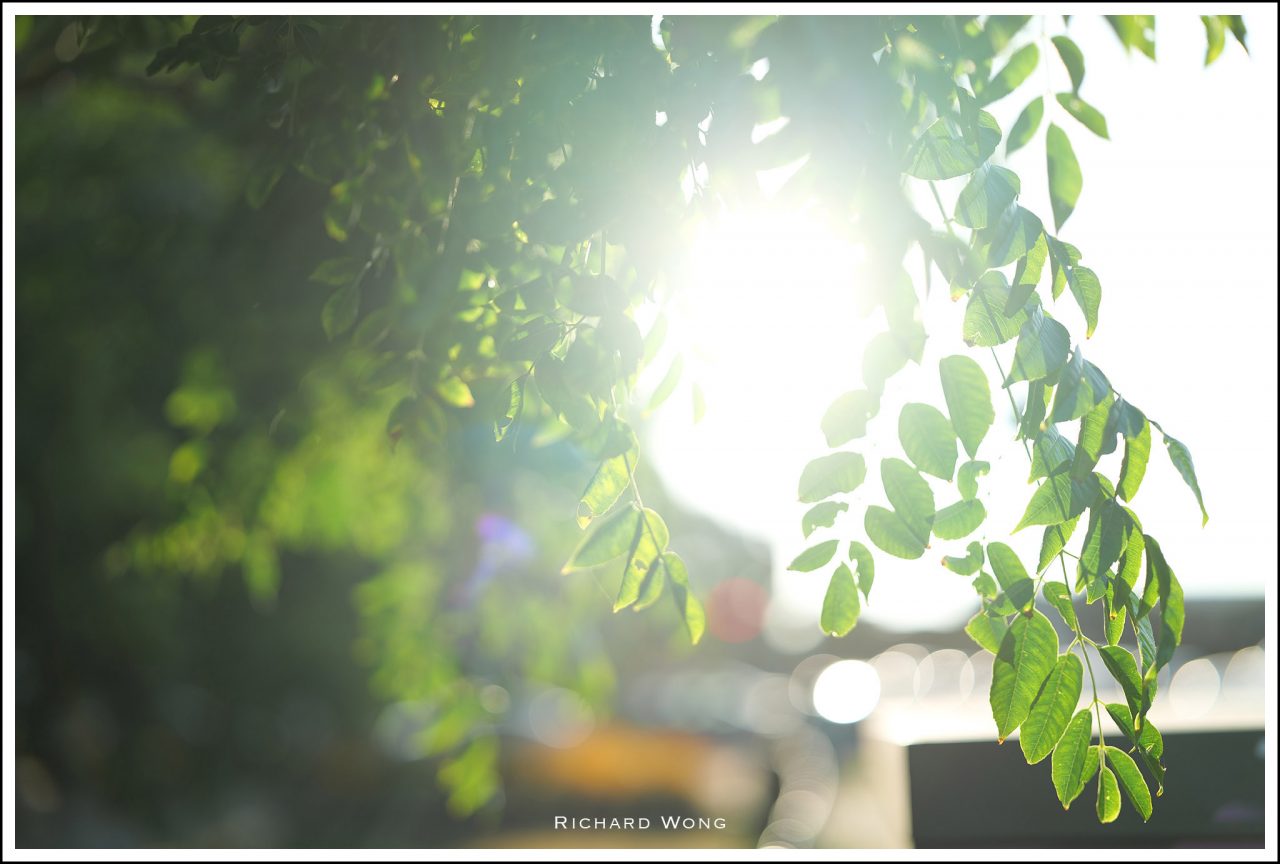
Distortion
Distortion is also very well controlled. Even with the brick wall test shot like the one below, it’s hard to see much distortion.
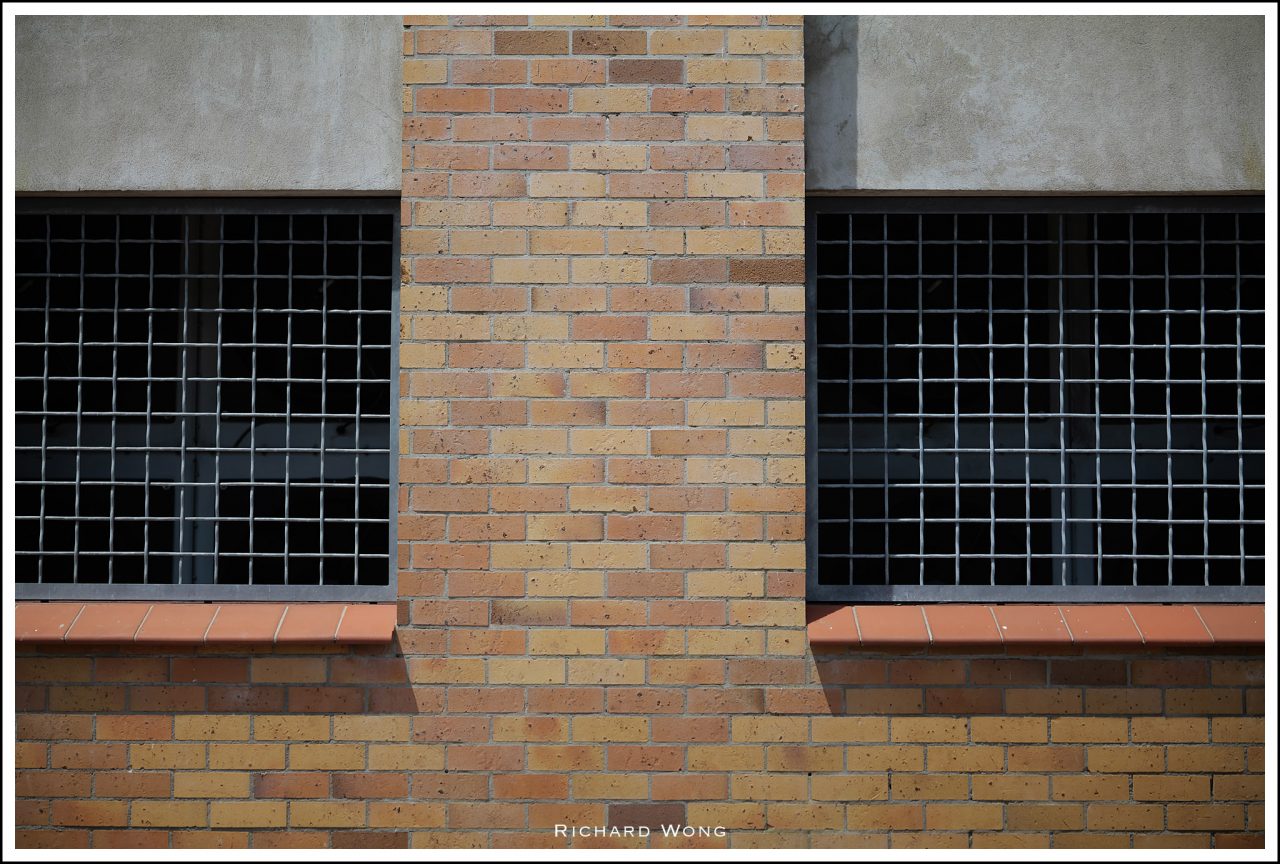
Conclusions
When I picked up the pre-production S1, S1R, the three lenses from Panasonic a few weeks ago, I asked them the very important questions: So what will be the retail price for these camera and lenses? They told me the price of the S1 and S1R first which I felt was very reasonable. Then they told me the price of the two f/4 lenses, which I also felt was quite reasonable. Then they told me the price of the S Pro 50mm f/1.4. And my response was a big WOAH! Why is it so expensive? Panasonic response was basically, try it out, go shoot some photos with this lens and you’ll understand.
Now fast forward a few weeks, and I’ve shot thousands of photos using this lens, including street photos, family photos and also commercial photoshoot and I finally understand why the price is so expensive. And also why Panasonic was so confident about this lens.
The Panasonic Lumix S Pro is easily the best autofocus 50mm f/1.4 lens I’ve ever used. The image sharpness is just fantastic! The bokeh is absolutely beautiful! Transition from foreground to background is rendered very nicely. Chromatic abbreviation, lens flare, distortion are all very well controlled. Then you also have the super solidly built body which is dust, splash and freeze proof. And also the nice and clever manual focus clutch design, oh and that nice aperture ring that feel so satisfying when you are changing the aperture
It’s really hard to complain the image quality and build quality as they are both as flawless as I’ve ever seen. In my opinion this lens is setting the new benchmark for the best autofocus 50mm lens in the market.
Size? Of course I wish it is smaller and lighter, but you can’t have everything.
And is the Panasonic Lumix S Pro 50mm f/1.4 an overpriced lens?
I just checked the price, the Panasonic Lumix S Pro 50mm f/1.4 is still a lot cheaper than the Zeiss Otus.
Sample Photos
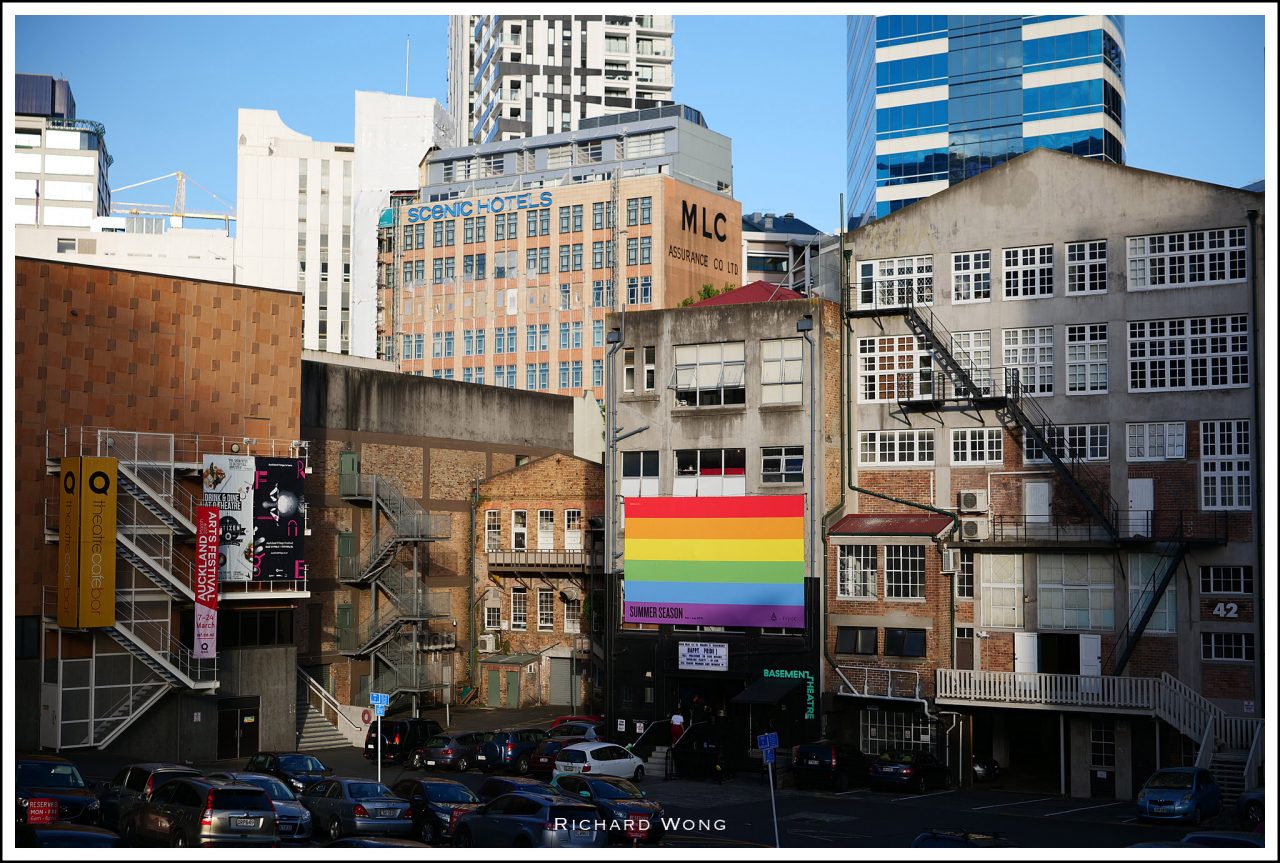
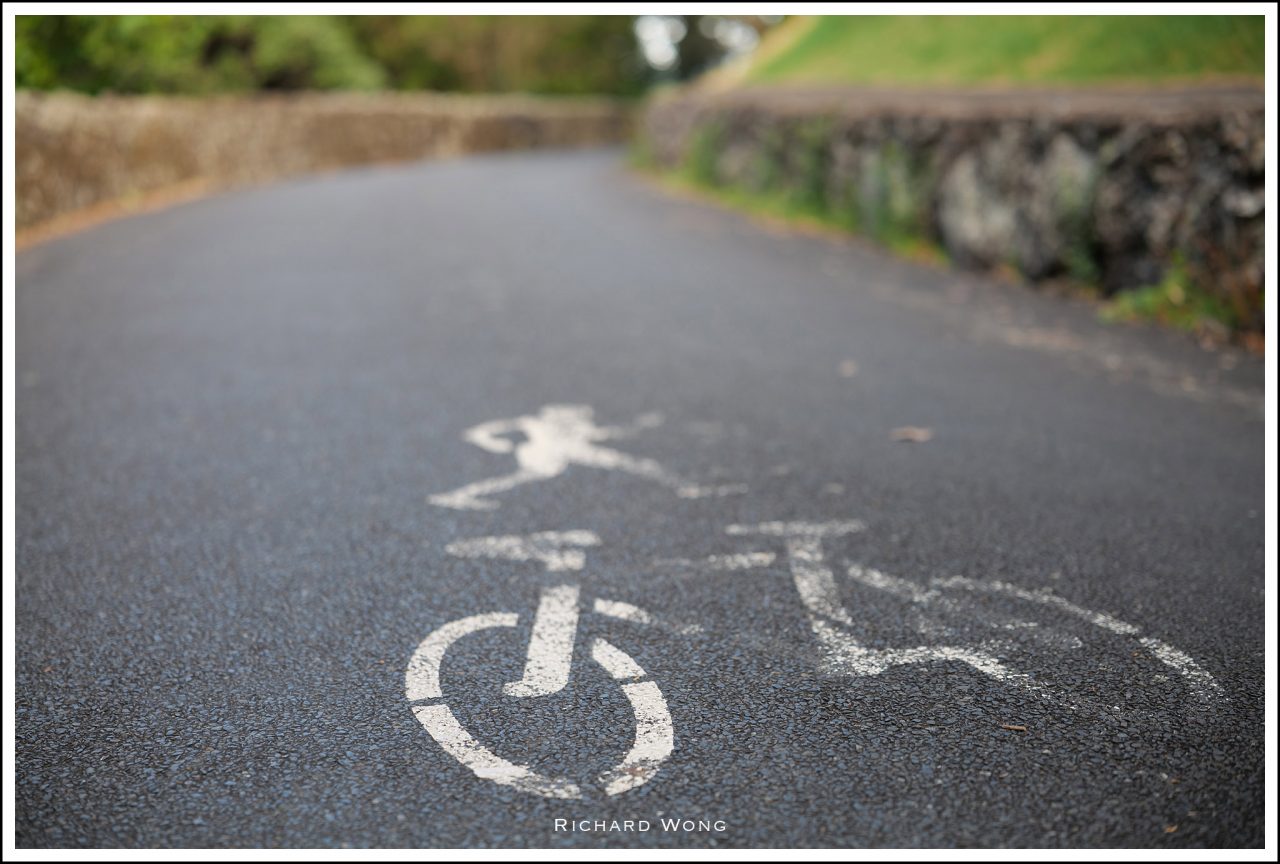
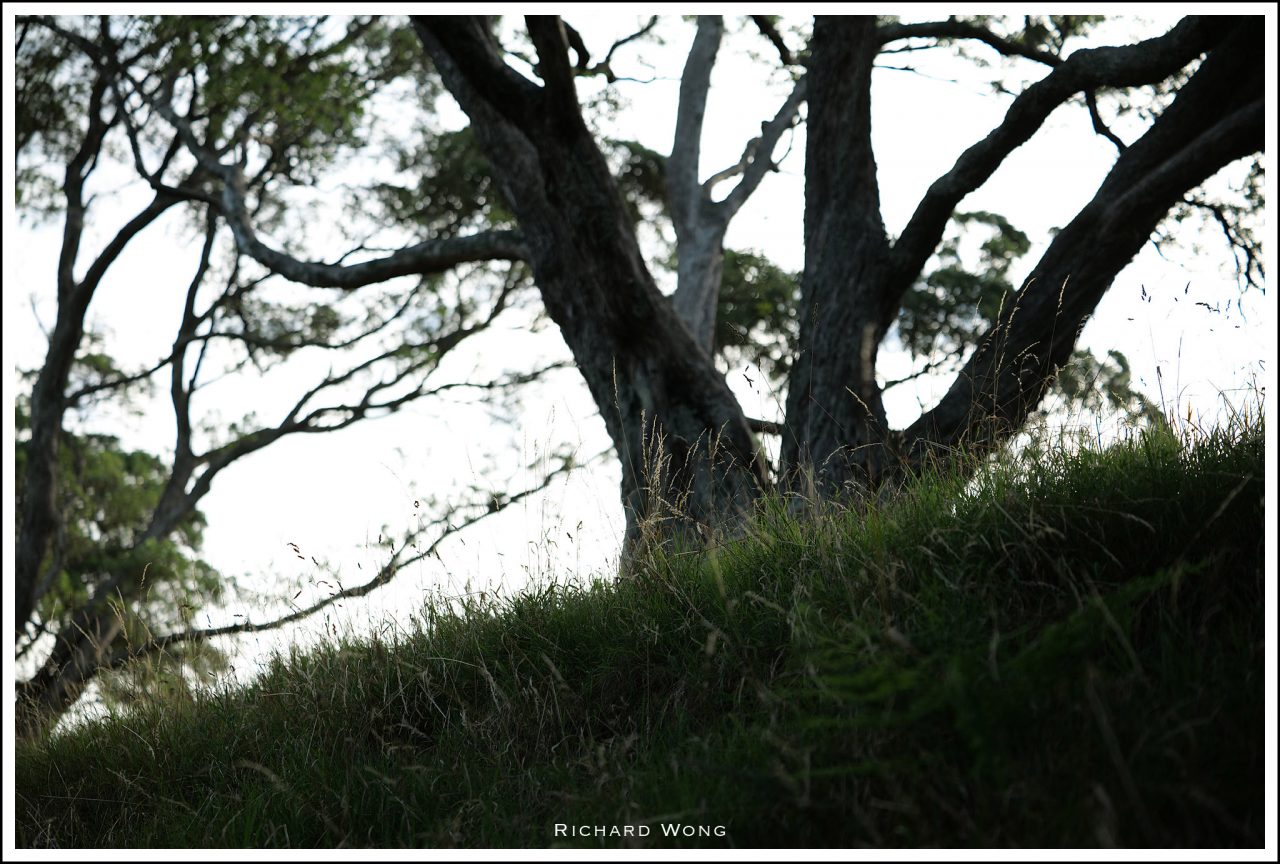

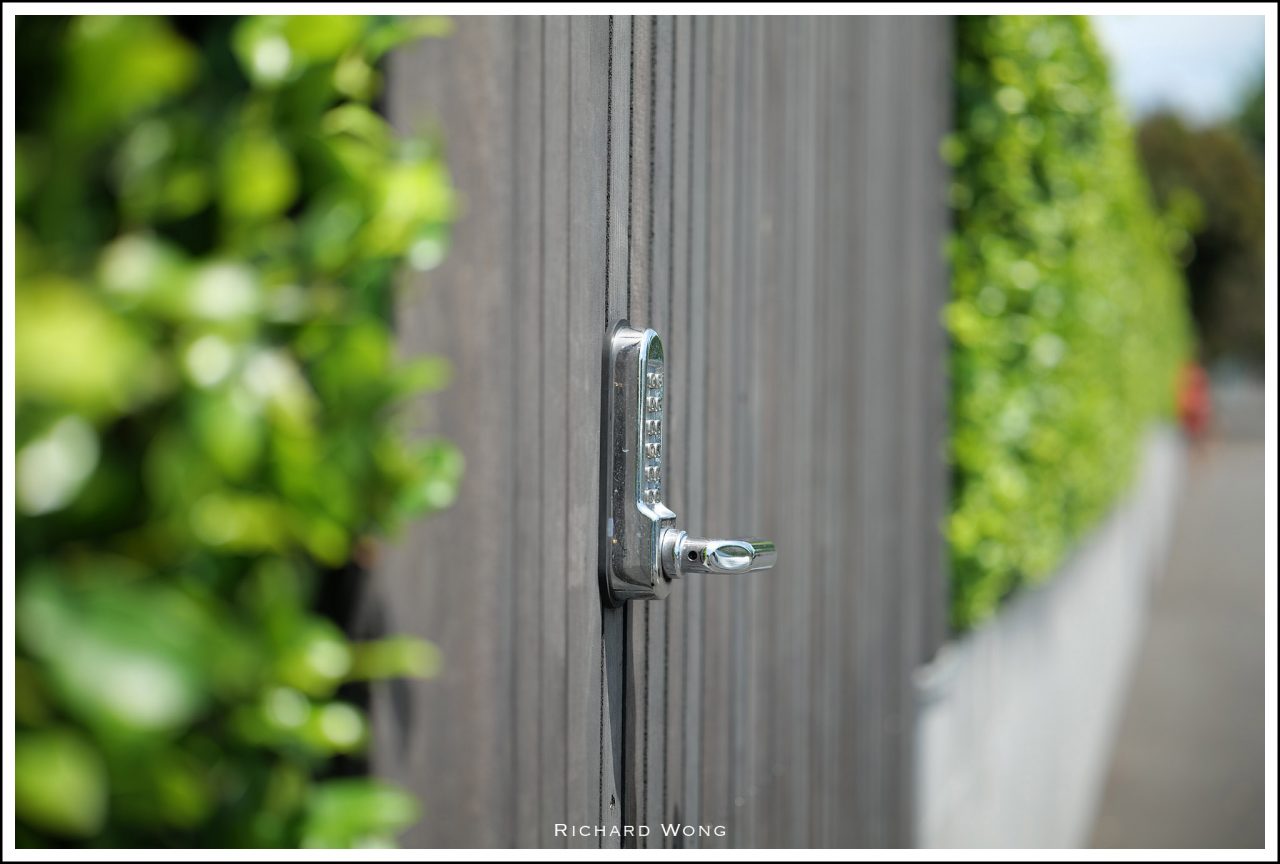
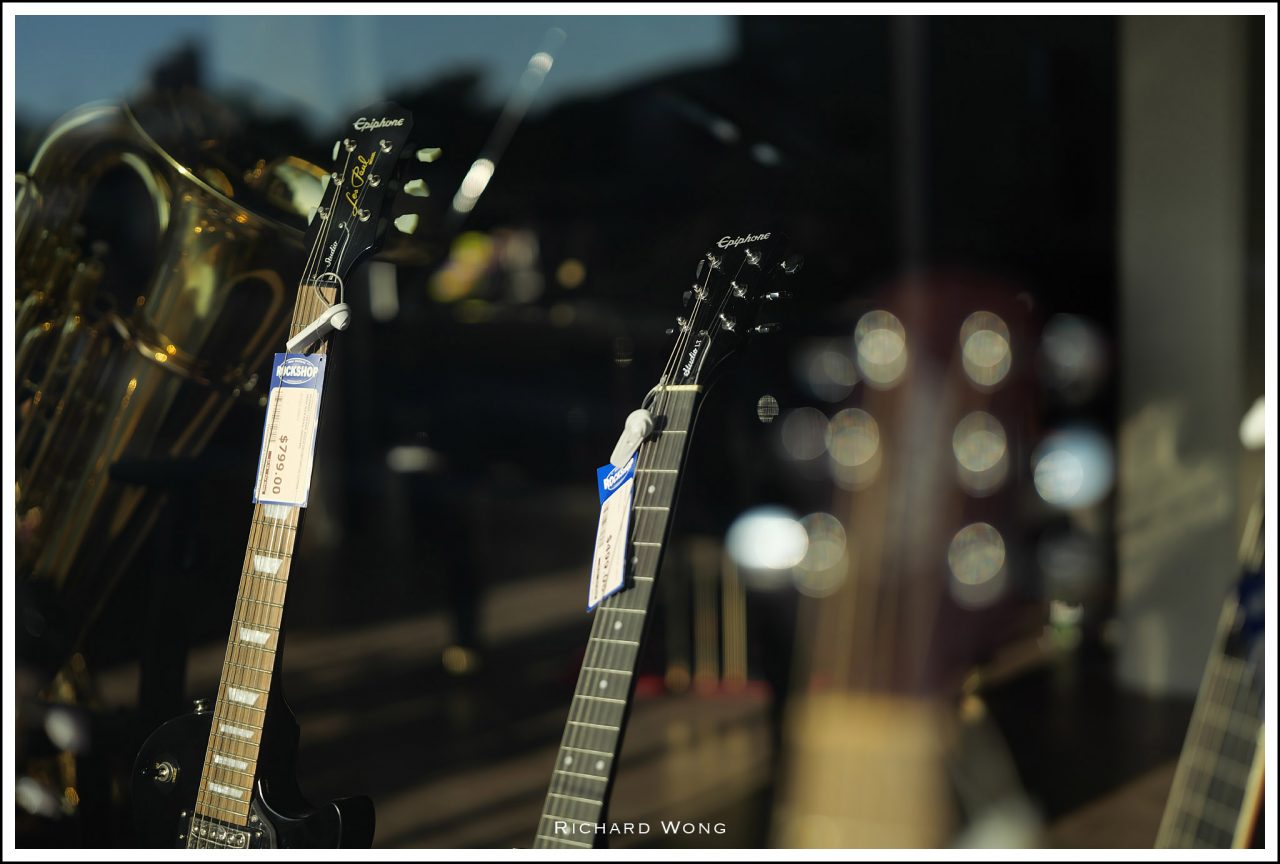
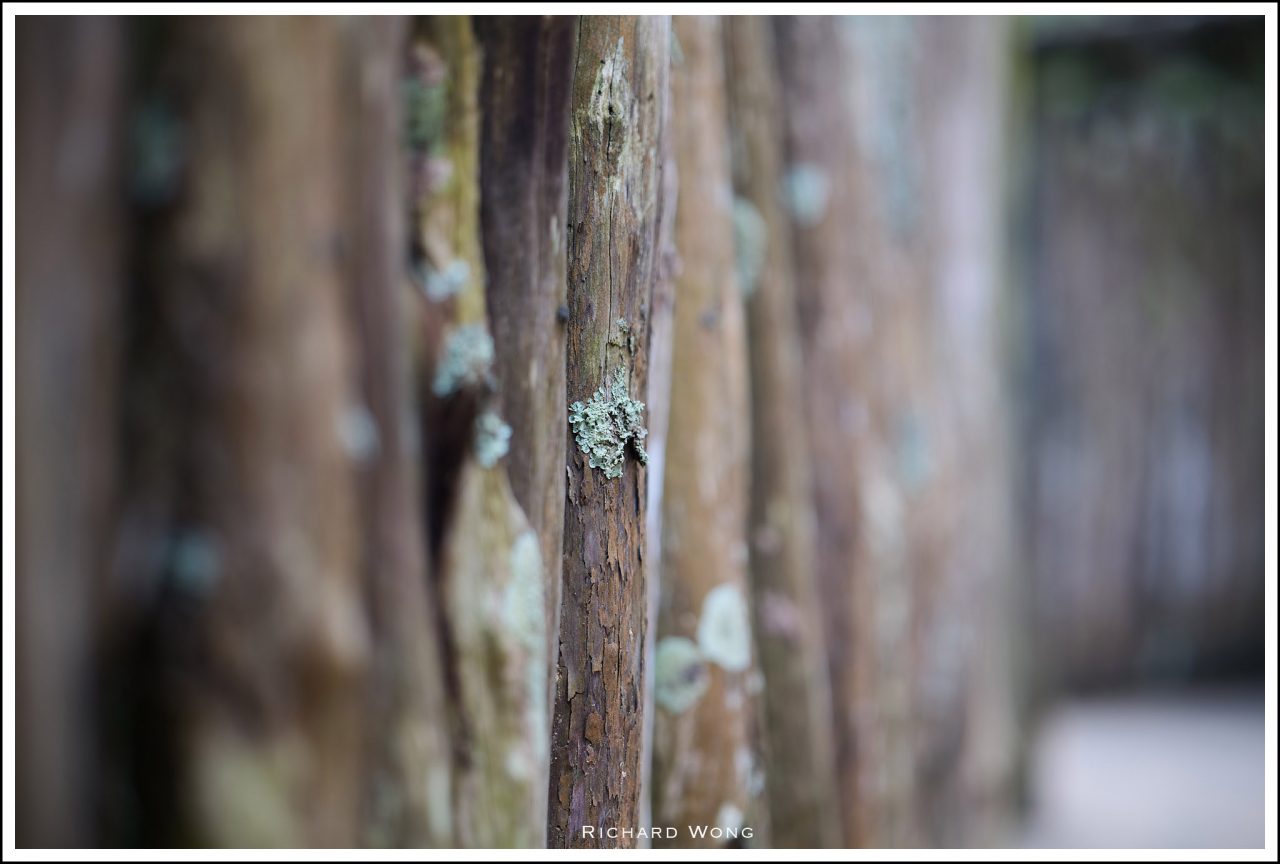
Comments are closed.